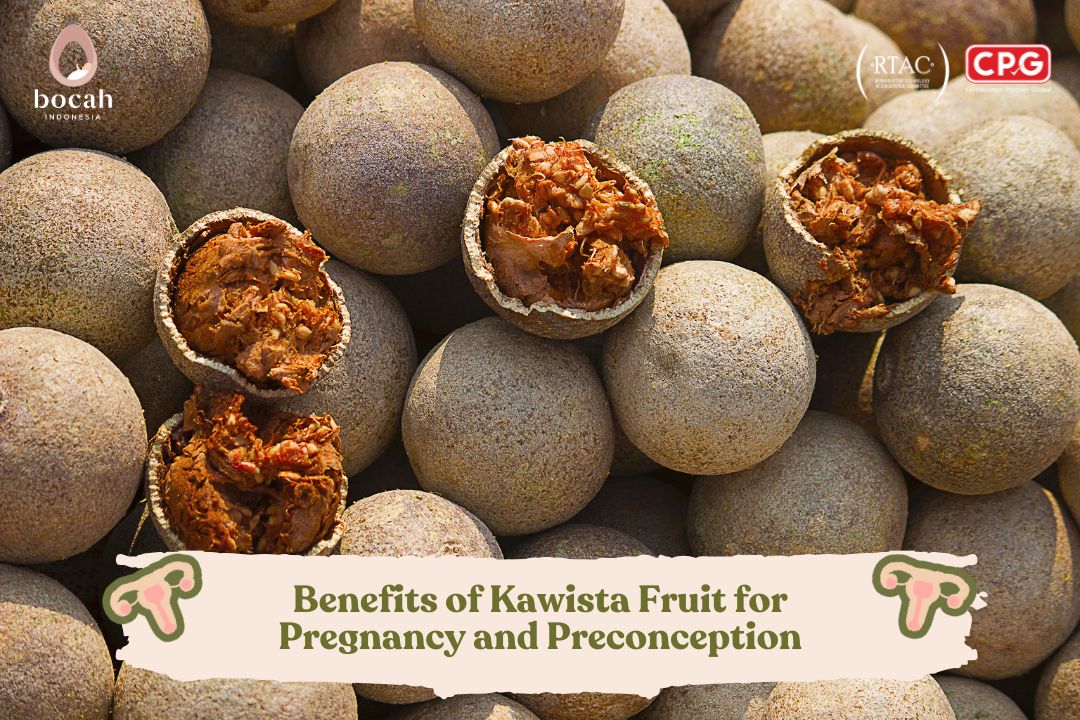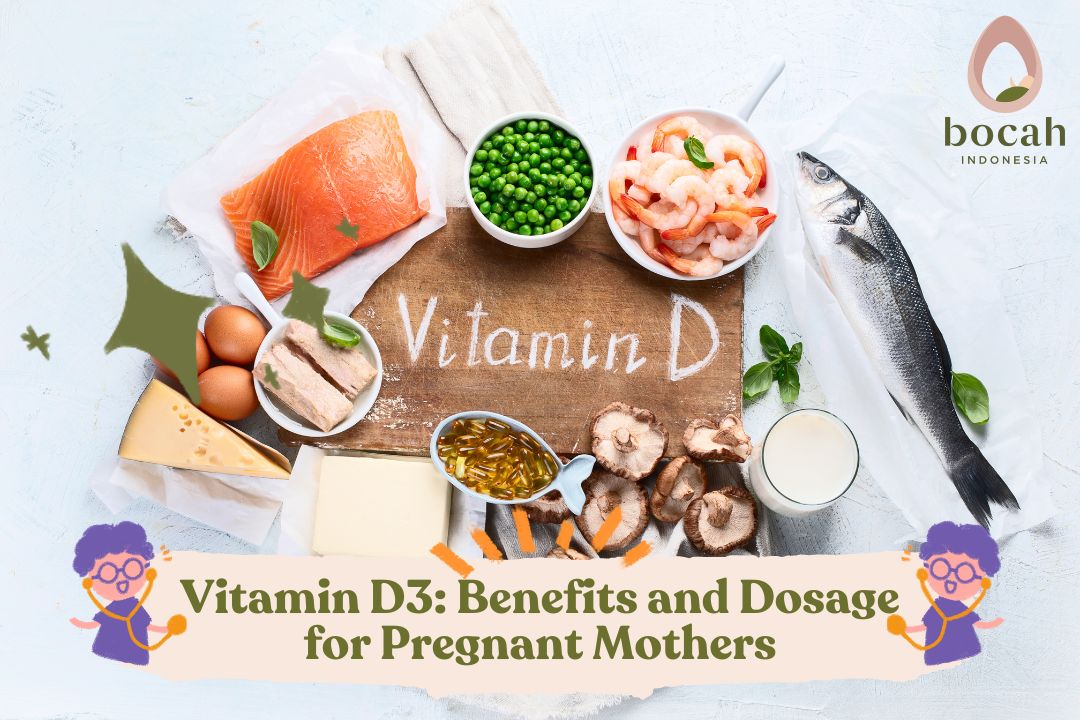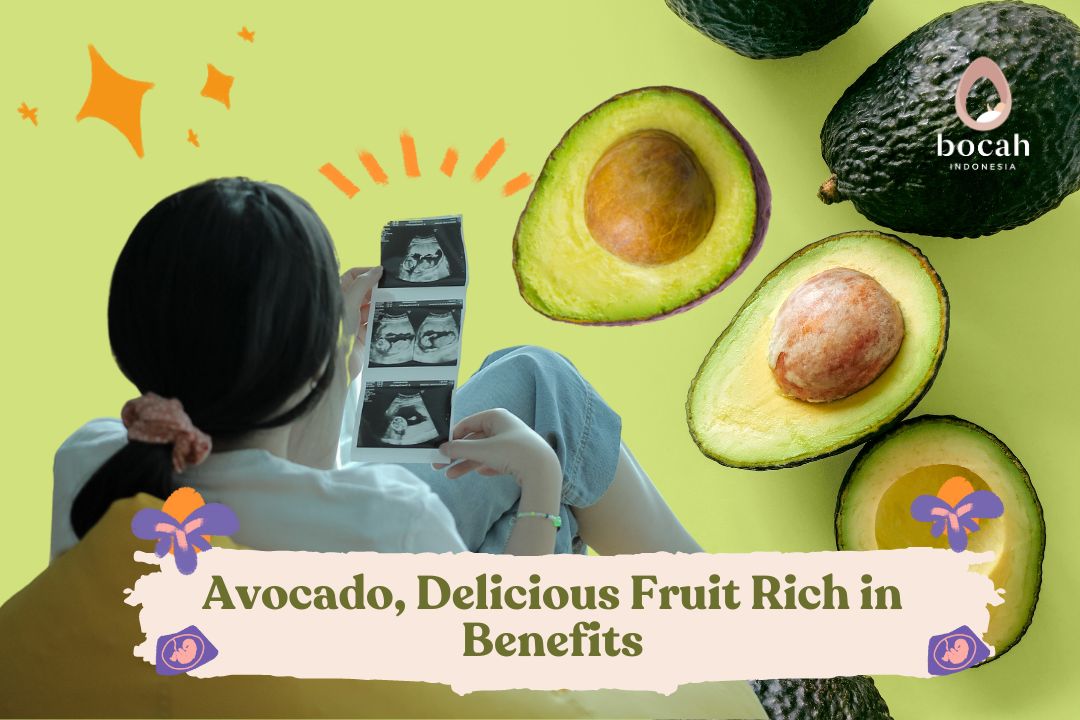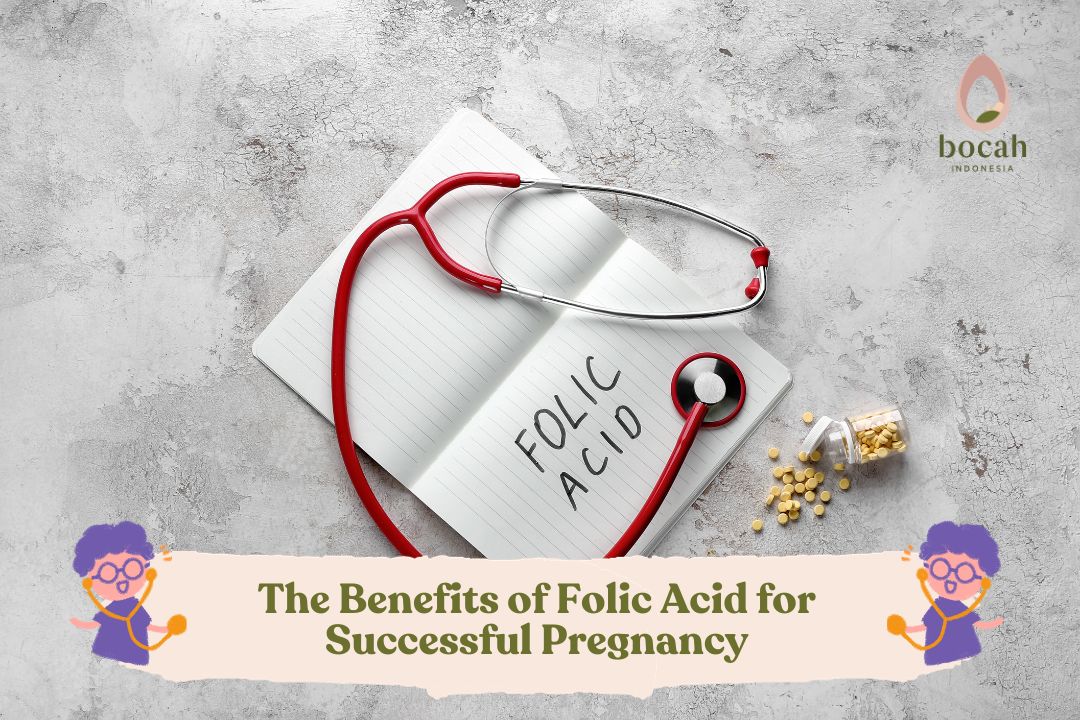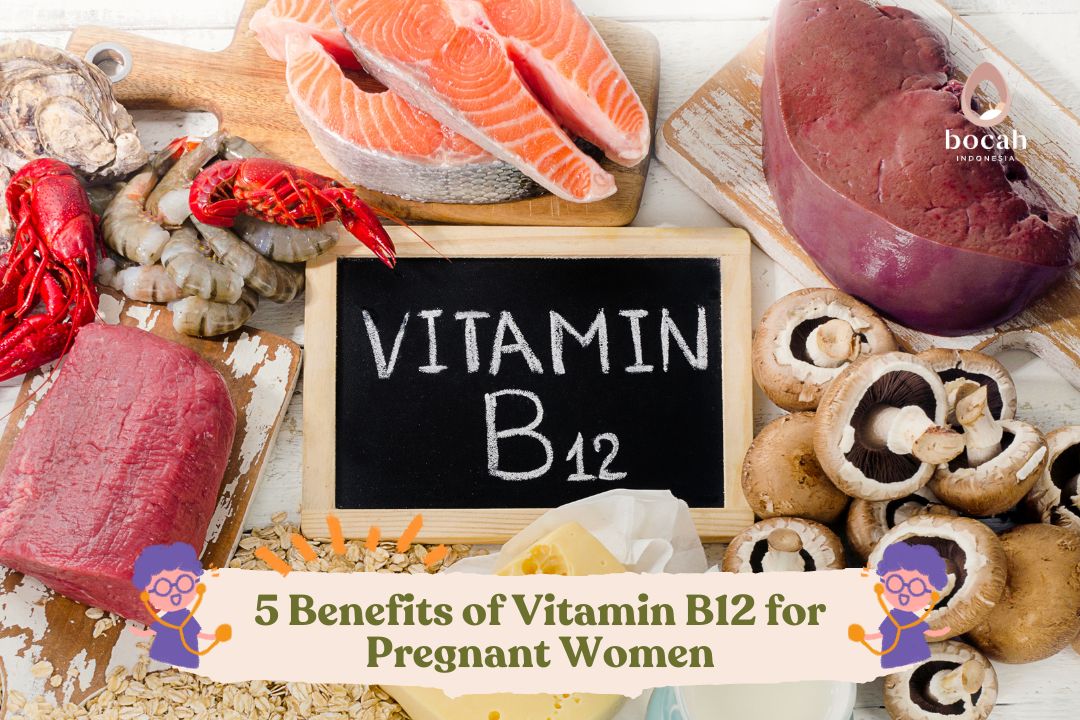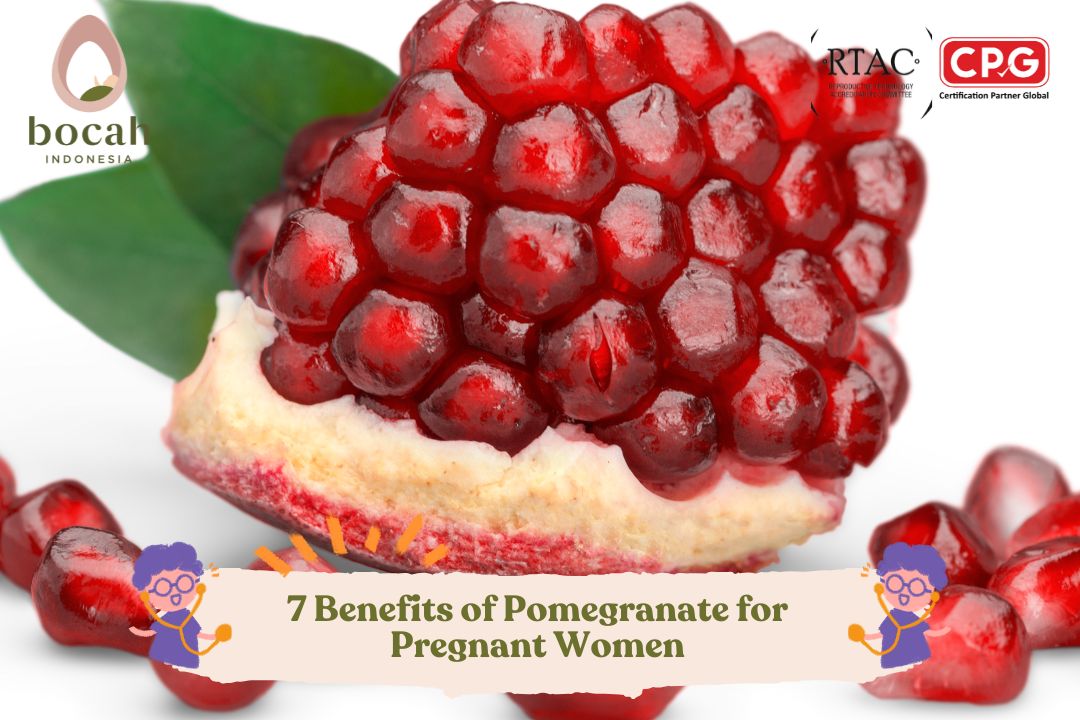The Benefits of Apples for a Pregnancy Program
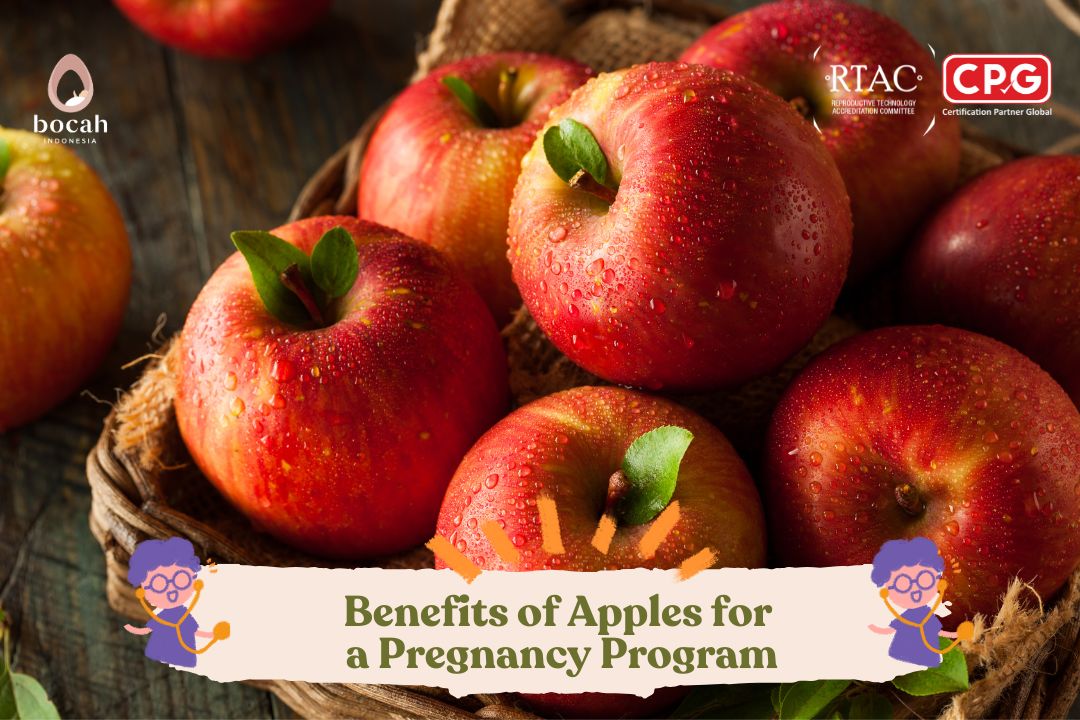
Scientifically Proven Support for Male and Female Fertility A successful pregnancy program (promil) does not depend solely on medical interventions such as insemination or in vitro fertilization (IVF), but also on a healthy lifestyle and balanced nutritional intake.
One of the fruits frequently recommended by obstetricians and nutritionists is the apple a readily available fruit with remarkable potential in supporting both male and female fertility.
1. The Role of Apples in Enhancing Male Fertility
Optimal sperm quality depends on sperm count, motility, and morphology.
A study published in Frontiers in Nutrition (2022) found that anthocyanins in apples can enhance sperm motility by stimulating the body’s natural antioxidant enzymes such as SOD (superoxide dismutase).
Additionally, the Vitamin C and quercetin content in apples serves to:
-
Prevent sperm agglutination (clumping of sperm cells).
-
Protect sperm DNA from oxidative stress induced damage.
Tanya Mincah tentang Promil?
-
Enhance healthy sperm production through mitochondrial repair.
Apples also help maintain testosterone balance, which is essential for the process of spermatogenesis.
2. The Benefits of Apples for Female Fertility
For women, apples play an important role in maintaining the health of the ovaries, endometrium, and estrogen balance.
Vitamin A and beta-carotene in apples aid in ovarian tissue regeneration and support oocyte (egg) maturation.
Natural Body Detoxification
The soluble fiber (pectin) and Vitamin C in apples help the body eliminate toxins and excess estrogen. Elevated estrogen levels are often associated with ovulatory disorders, such as polycystic ovary syndrome (PCOS) and endometriosis.
Oocyte (Egg Cell) Protection
The potent antioxidants in apples help reduce free radicals that can damage oocytes.
A study in the Journal of Reproductive Biology (2020) reported that antioxidant intake from fruits can enhance mitochondrial function in oocytes, a key factor for successful fertilization.
3. Apple Nutrients Supporting Early Pregnancy
If fertilization occurs, apple-derived nutrients remain important:
-
Vitamin A → Supports organ development in the fetus.
-
Folate (Vitamin B9) → Prevents neural tube defects such as spina bifida.
-
Potassium & Phosphorus → Support embryonic energy metabolism.
Consuming apples regularly before conception and during the first trimester helps prepare the mother’s body for a healthy pregnancy.
4. Apple Nutritional Facts (per 100 grams)
| Nutrient | Amount | Benefit for Promil |
|---|---|---|
| Water | 84.1 g | Maintains hydration |
| Calories | 58 kcal | Light energy source |
| Carbohydrates | 14.9 g | Natural glucose source |
| Fiber | 2.6 g | Hormonal balance |
| Protein | 0.3 g | Cell formation |
| Vitamin C | 5 mg | Antioxidant for sperm & oocytes |
| Vitamin A | 3 µg | Maintains reproductive tissue |
| Vitamin K | 2 µg | Supports nutrient absorption & hormonal balance |
| Potassium | 130 mg | Electrolyte balance |
| Phosphorus | 10 mg | Cellular energy metabolism |
| Calcium | 6 mg | Supports healthy uterine contractions |
(Source: Panganku.org – Ministry of Health, Republic of Indonesia)
5. Systemic Effects of Apples: Building a Healthy Body for Promil
Beyond direct reproductive benefits, apples provide broader systemic effects that support the body during a pregnancy program:
-
Reduces Insulin Resistance: Helps regulate ovulation, particularly in women with PCOS.
-
Regulates Blood Pressure: Potassium helps lower the risk of gestational hypertension.
-
Lowers Cholesterol & Inflammation: Apple antioxidants decrease cardiovascular risk and improve blood flow to reproductive organs.
-
Strengthens Immunity: Vitamin C enhances immune defense during conception efforts.
6. Optimal Ways to Consume Apples
-
Consume two medium-sized apples (±150 g) daily.
-
Eat with the peel after thorough washing, as the skin contains the highest concentration of flavonoids and fiber.
-
Avoid adding sugar to apple juice to prevent excessive glucose intake.
Apple-Carrot Fertility Juice Recipe
Ingredients:
-
1 red apple
-
1 medium carrot
-
1 glass of water
Preparation:
-
Wash thoroughly and cut into small pieces.
-
Blend until smooth without adding sugar.
-
Serve immediately.
The combination of apples and carrots enhances beta-carotene and Vitamin C intake, beneficial for both sperm and oocyte health.
7. Important Notes from Bocah Indonesia Fertility Specialists
Although apples offer significant fertility benefits, the success of a pregnancy program depends on a synergy of nutrition, lifestyle, and medical evaluation.
Consult a fertility specialist (Sp.OG-KFER) to determine:
-
The need for additional supplements (folic acid, zinc, Vitamin E).
-
Optimal intercourse frequency according to the fertile window.
-
Regular sperm and ovulation assessments.
Conclusion
Apples are simple yet powerful fruits. Their Vitamin C, folate, and antioxidant content helps maintain sperm quality, support ovarian health, and improve the likelihood of a successful pregnancy program.
With regular consumption, balanced nutrition, and professional medical guidance from Bocah Indonesia fertility specialists, couples can approach their conception journey with a healthier, more prepared body naturally.
Source:
- Xu, J., et al. (2021). Red-Fleshed Apple Anthocyanin Extracts Attenuate Male Reproductive System Dysfunction Caused by Busulfan in Mice. Front Nutr. 2021; 8: 632483.
- Data Komposisi Pangan Indonesia.
- Coleman, SL., Shaw, OM. (2017). Progress in the understanding of the pathology of allergic asthma and the potential of fruit proanthocyanidins as modulators of airway inflammation. Food Funct. 2017 Dec 13;8(12):4315-4324.
- Fabiani, R., et al. (2016). Apple intake and cancer risk: a systematic review and meta-analysis of observational studies. Public Health Nutr. 2016 Oct;19(14):2603-17.
- Gayer, BA., et al. (2019). Effects of Intake of Apples, Pears, or Their Products on Cardiometabolic Risk Factors and Clinical Outcomes: A Systematic Review and Meta-Analysis. Curr Dev Nutr. 2019 Oct; 3(10): nzz109.



